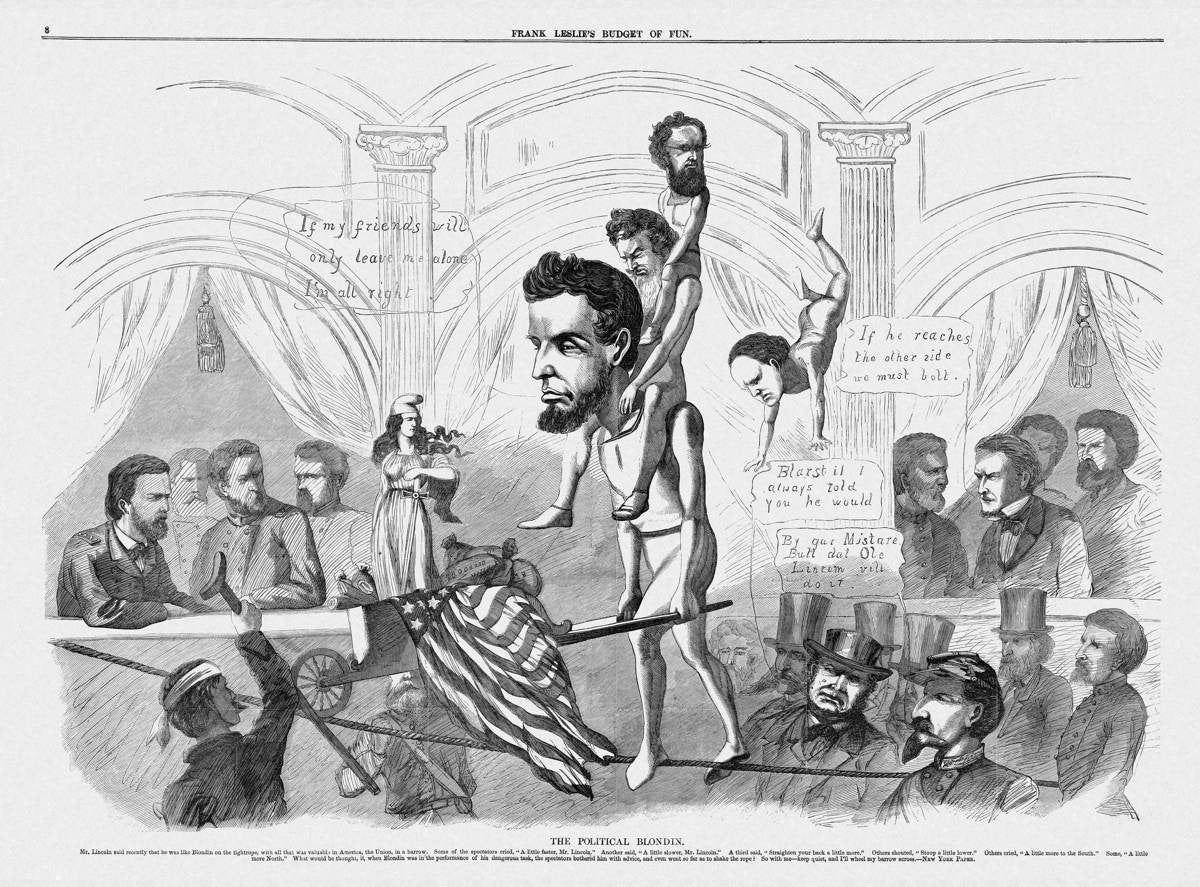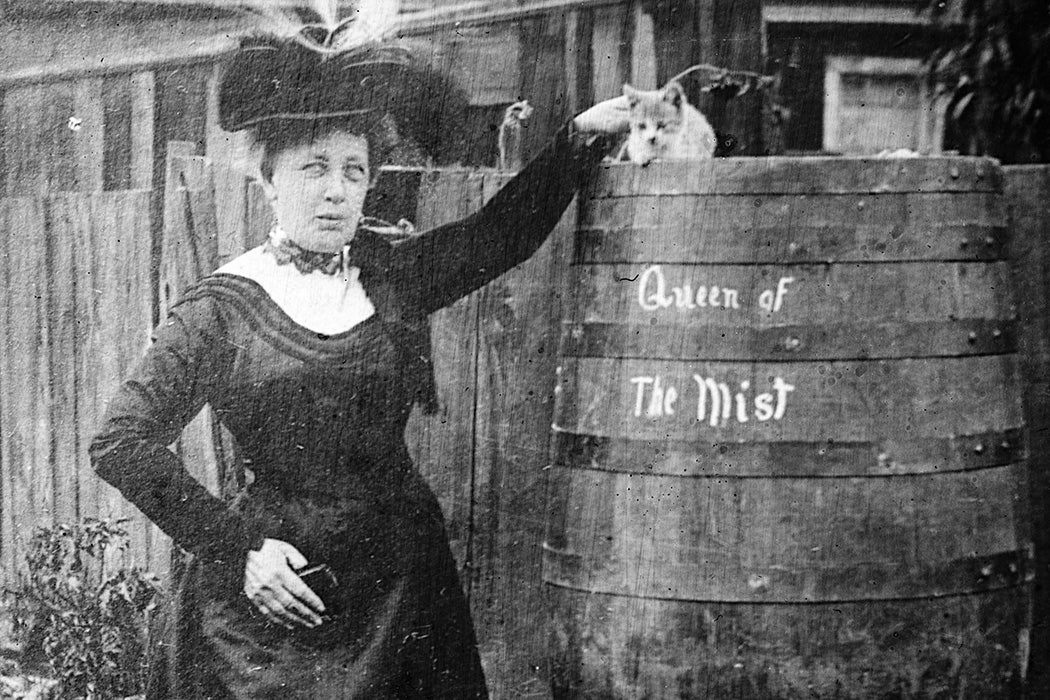According to the Oxford English Dictionary, the word “daredevil” first entered the English language in the late eighteenth century, when it defined a person or action characterized by a reckless sense of daring. And if you hear that word and you happen to be of my particular vintage, it’s Evel Knievel that probably leaps to mind.
From the 1960s until about 1980, Knievel was most famous for doing ramp-to-ramp motorcycle jumps over all sorts of dangerous objects, lines of vehicles, or geographical features. (For a long time, he tried to get permission and technology to allow him to jump the Grand Canyon, but it never happened.) His consistent, even compulsive, thrill-seeking is a real thing in entertainment and in psychology textbooks: author William Goldman describes work in social psychology about people who engage in active “sensation seeking,” a trait “defined by the need for varied, novel, and complex sensations and experiences and the willingness to take physical and social risks for the sake of such experience.”
Knievel was only the latest in a long line of thrill entertainers and events going back to the earliest fairs and circuses in young America. John Bill Ricketts’s first circuses in the late eighteenth century included high-wire walkers, some of the oldest legacy thrill acts. And since entertainment, especially of the circus type, always reflects its time, the thrill acts only became more thrilling from there. In a period of intense technological and media development, with the hope to stay current in the mind of the public, nineteenth-century showmen worked to come up with newer, more thrilling ways to catch the crowd’s collective breath: aerialists, human flies, high-divers, iron jaw acts, even eventually stunt bicyclists and human cannonballs.
Charles Blondin became globally famous in the middle of the nineteenth century for gallantly walking on a tightrope across Niagara Falls. His feat and the fame it accrued to him even led President Lincoln to invoke Blondin as a symbol—a Harper’s cartoon from 1864 shows Lincoln in tights, pushing a wheelbarrow across a tightrope with political foes heaped on his shoulders. The caption reads: “Mr. Lincoln said recently that he was like Blondin on the tightrope, with all that was valuable in America, the Union, in a barrow.”

Eventually everyday folks realized that they didn’t have to join the circus to siphon off a bit of its shine and fame. (This is part and parcel of Warren Susman’s theory that the United States had shifted from an original culture of character to a culture of personality by the twentieth century.)
The so-called “Jersey Jumper,” a millworker named Sam Patch, became blindingly famous between 1827 and 1829, and for an unusual reason: he liked to jump off high waterfalls for paying crowds. We don’t know a lot about Sam Patch; even his biographer admitted the account was more a “series of stories” than any real-life narrative. But we do know that jumping off river dams or high cliffs was common entertainment for bored New England mill workers, and Patch was determined to make a name for himself taking this sport, as it were, to a new extreme. He survived many jumps, including one from a tall wooden platform into the Niagara River below the famous falls. He died in 1829 at the age of thirty, in an attempt to jump the Genesee Falls in Rochester, New York. He’d made the same jump successfully before, but he didn’t feel it had drawn enough crowds or revenue, so he decided to try again. Jumpers usually tried to land feet-first to minimize risk and injury, and observers noted Patch hit the water unevenly (accounts suggest he was drunk).
Blondin and Patch embodied a certain thrilling masculinity that fit right into antebellum America; not to mention that they cut out the middleman in fame terms: there was no need to worry about a person’s stage persona or a stunt double when the man himself would go and jump off a bridge. As Jacob Smith points out, stunt performers have always embodied a certain authentic, usually masculine, intensity with audiences—after all, “John Wayne was not really a cowboy,” Smith writes, “but his stunt double Yakima Canutt was.”
As much as early thrill performance was associated with men, though, one of the most impressive feats was accomplished by a woman. Blondin had walked over Niagara Falls, and Sam Patch had his share of copycats jumping into the river below, but no one had survived jumping over the falls. Annie Edson Taylor, a sixty-two-year-old schoolteacher, decided she would earn herself fame and hopefully fortune by going over the falls in a barrel of her own design. Belted in with a leather strap and bolstered by pillows on the inside, she went over the Horseshoe Falls at 4:23 p.m. on October 24, 1901. She emerged wobbly but all right, with a cut on her head and a new title to her name: first human being to survive a trip over Niagara Falls (she is still one of only sixteen to do so).
Weekly Newsletter
None of the amateur thrill-seekers achieved the fame or fortune for which they had hoped—Patch’s career ended abruptly that day in Rochester, and though Taylor made hay for a short while making appearances and selling a biographical pamphlet, eventually her fame and financial prospects faded (plus, some jerk apparently stole her barrel, though maybe it was payback for the cat).
Their commitment to thrilling the public purely for the sake of exhilaration embodied an emerging nineteenth-century synergy of public performance, collective experience, and individual agency that continues today in every daredevil who gets shot from a cannon on live TV or wants to sky-dive from space. (I’ll stay on the couch, thanks.)
Support JSTOR Daily! Join our new membership program on Patreon today.







